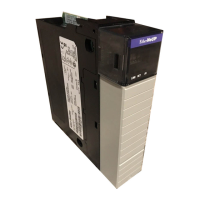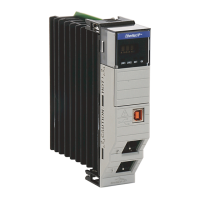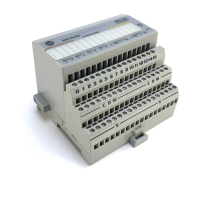Publication 1756-UM050A-EN-P - December 2001
3-2 Before You Configure Your Module
User Datagram Protocol (UDP)
UDP is a much simpler transport protocol. It is connectionless and
provides a very simple capability to send datagrams between two
devices. UDP is used by applications that implement their own
handshaking between devices and only want a minimal transport
service. UDP is smaller, simpler, and faster than TCP and can operate
in unicast, multicast, or broadcast mode. The 1756-ENBT module
employs UDP for real time I/O messaging.
EtherNet/IP
EtherNet/IP applies a common application layer over Ethernet by
encapsulating messages in TCP/UDP/IP. This common application
layer is the control and information protocol (CIP, see chapter 1),
which provides interoperability and interchangeability of industrial
automation and control devices on Ethernet. EtherNet/IP supports
both real-time I/O (“implicit” messaging) and explicit messaging.
Refer to the EtherNet/IP Performance and Application Guide,
publication number ENET-AP001, for more information on the
EtherNet/IP protocol.
Simple Network Management Protocol (SNMP)
Simple Network Management Protocol (SNMP) is a standard for
network management within TCP/IP environments. This lets client
applications monitor and manage network information on host
computers and gateways.
SNMP uses a distributed architecture consisting of management
systems and agents. Data is passed from SNMP agents, which are
hardware and/or software processes reporting activity in each
network device (switch, router, bridge, etc.) to the workstation
console used to oversee the network. The agents return information
contained in a MIB (Management Information Base), which is a data
structure that defines what is obtainable from the device and what can
be controlled (turned off, on, etc.).
The ENBT module is an agent, and its primary function is to process
the operations requested by the management system. The 1756-ENBT
module supports the SNMP protocol at the MIB II level.

